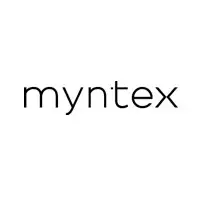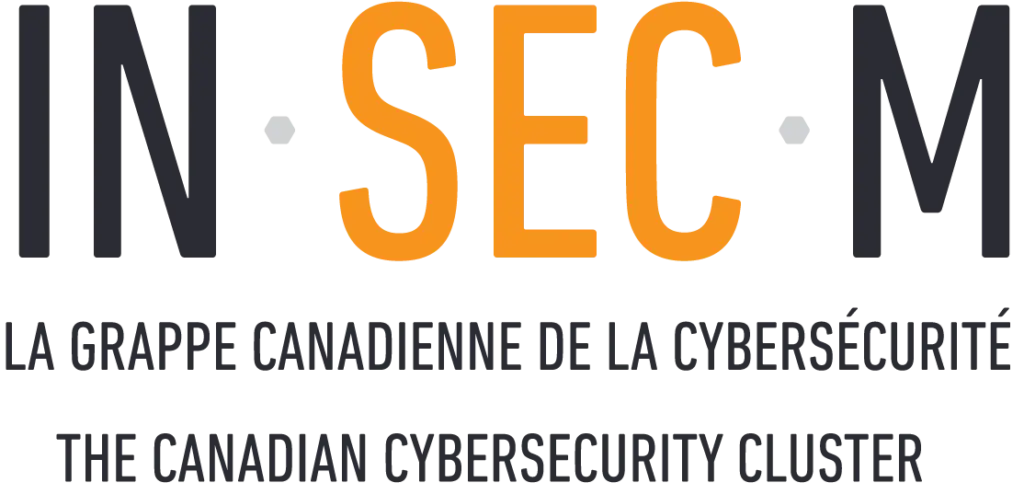Q&A with Lorissa Dong, Myntex’s Marketing Director
What’s your company’s origin story? What brought your team together?
Myntex began in 2011 with two Canadians, Geoff Green and Chantel Duplantie, with $500 in hand, a couple of second-hand servers, and an air conditioner from Canadian Tire. Their mission: make mobile privacy accessible to everyone. From offering Symantec-licensed PGP email to building a thriving Canadian-European reseller network, they refused to accept that privacy should be a privilege.
When the market shifted in 2014, the team pivoted to Android-based white-label solutions, and endured a DDoS attack, industry resistance, and long hours across multiple time zones. But they saw what others refused to: mobile threats were evolving faster than most were prepared for.
In 2017, Myntex launched ChatMail®, their own encrypted communications platform, built entirely in Canada and backed by their own private data center in Calgary, complete with ballistic protection. That was just the beginning. In 2023, they introduced Renati®, the world’s most secure mobile OS and MDM platform, engineered to outpace even the most advanced cyber threats.
Given that cybersecurity risk is global, where do Canadian companies fit in? What can we do better than anyone else?
Canada may not always be seen as a cybersecurity powerhouse, but that’s exactly what makes us different. While the world races to patch vulnerabilities and chase headlines, Canadian companies like Myntex quietly build for what’s next.
Myntex has created a fully sovereign, Canadian-made mobile communications platform that’s purpose-built to operate in high-risk environments. With our hardened mobile OS (Renati®), secure messaging app (ChatMail®), embedded device management, and portable Mobile Communications Unit (MCU), we’ve redefined secure mobility. No cloud dependency. No third-party telemetry. Just resilient, sovereign infrastructure.
What sets us apart is our ability to bridge innovation with integrity. We’re not tied to geopolitics or big-tech influence, we build for allies who demand privacy, sovereignty, and control. Our solutions protect mobile edge communications and are designed for integration with next-gen protocols, including post-quantum cryptography.
Cyber risk is not going away, and is in fact getting more unstable. Canadian-built systems like ours are meticulously engineered, trusted, and forensically validated to provide robust protection against physical extraction. We don’t just meet the challenge; we prepare for what’s coming next.
What’s the best question you’ve ever been asked about what you do?
“I’m careful with my phone, why would I need what you do?”
It’s a fair question, but it assumes that mobile threats only succeed when users make mistakes. People may use strong passwords, avoid sketchy apps, manage permissions, and perform good cyber-hygiene, but if you’re a high-profile individual or if you work in a high-risk environment, those precautions are likely not enough.
Today’s mobile threats don’t always look like malware or phishing links. Nation-states and private vendors now use commercial spyware, zero-click exploits, and silent data extraction tools that bypass user behaviour entirely. You won’t see them coming and you won’t know they were there.
That’s why Myntex built a secure, sovereign mobile ecosystem, with proactive security protocols to ensure that even if the threat evolves, your device stays one step ahead.
The biggest risk isn’t what you do wrong — it’s assuming that you’re not at risk at all.
What changes have you seen in Canadians’ awareness of cybersecurity in the past five years?
Canadians are waking up to the fact that cybersecurity isn’t just an IT issue. It’s personal, organizational, and national.
High-profile breaches and spyware scandals are taking over the news headlines, especially exploits on mobile devices. We’ve seen growing interest in proactive protection, particularly in law, journalism and public safety. There’s also a clear shift toward Canadian-made, sovereign solutions. People want transparency, fewer foreign dependencies, and real control over their data.
What excites you about the work being done in cyber in Canada right now?
We’re energized by how quickly Canada is embracing cybersecurity as a national priority. Canada’s National Cyber Security Strategy is a bold step forward, pairing public-private collaboration with real investment in innovation, talent, and resilience.
What excites us most is the shift toward sovereign, Canadian-built solutions. As mobile threats escalate, we’re seeing growing demand for secure, zero-trust platforms that don’t depend on foreign infrastructure or third-party clouds. Canada’s focus on protecting critical infrastructure and fostering homegrown tech aligns perfectly with what we do.
Where and how do you want to see your product or service make an impact in the next five years?
In the next five years, we see Myntex becoming the backbone of secure mobile communications across both civilian and defense sectors. As natural disasters, geopolitical instability, and cyber threats escalate, the need for portable, sovereign communications is mission-critical.
In the civilian space, we aim to support emergency response teams, critical infrastructure operators, and remote industrial sites with rapidly deployable, zero-trust platforms that deliver ROI through resilience and operational continuity. As more organizations adopt post-quantum and zero-trust standards, we’re well-positioned to lead that shift.
In defense, our solution is built for NATO-aligned environments, supporting mission assurance, contested communications, and integration with tactical radios and satellite systems. We want Renati OS and ChatMail to become the trusted standard for secure mobile deployments in high-risk, infrastructure-denied conditions.



